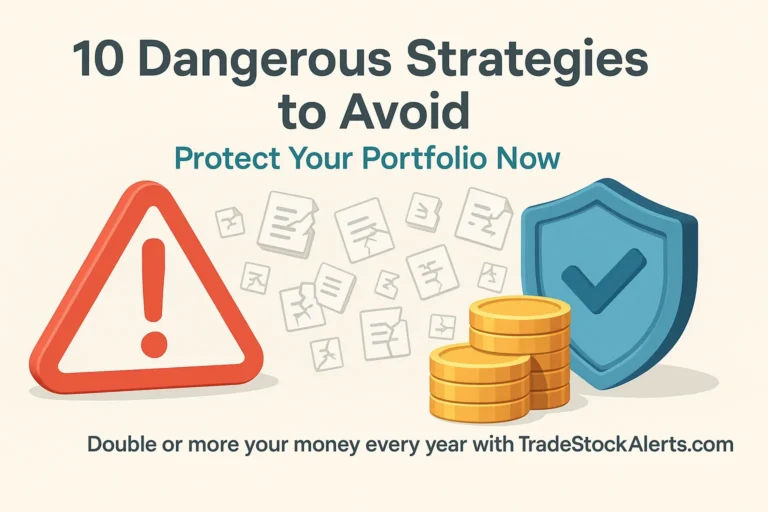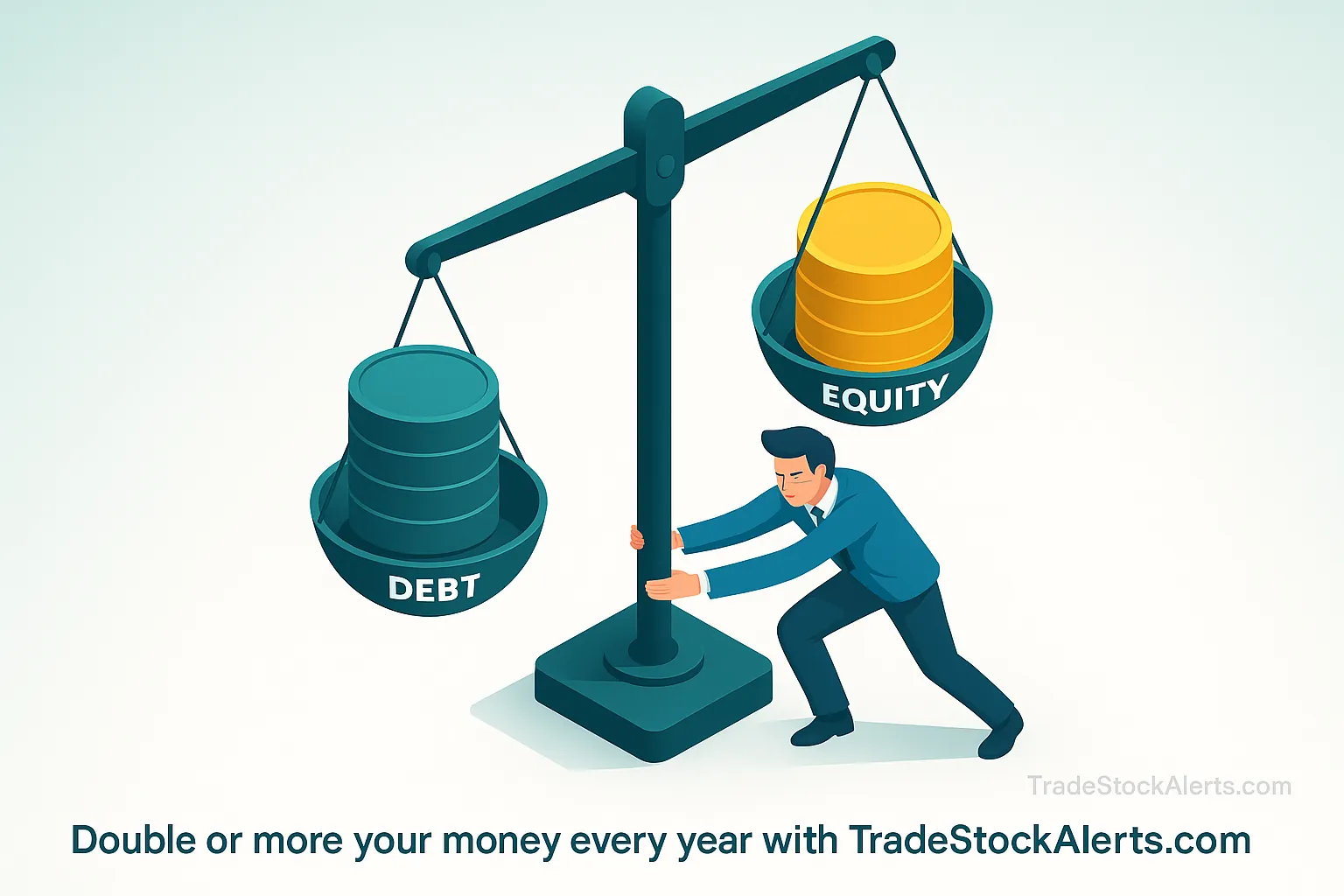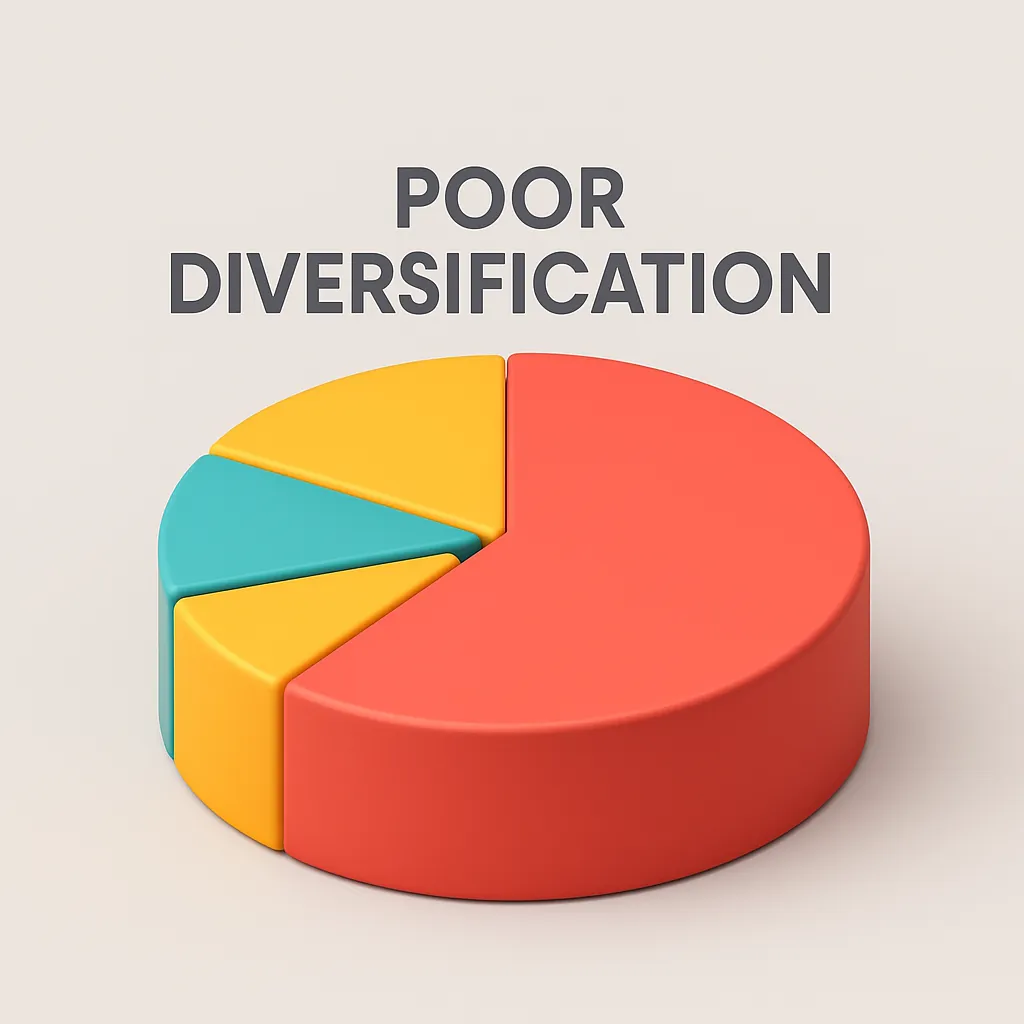SEC Investor Alerts & Bulletins
Official U.S. Securities and Exchange Commission guidance to spot scams and misleading promotions.

“Hot tips” feel exciting because they promise fast wins with minimal effort. In reality, most rumors are low-signal noise that skip due diligence. Before taking action, learn to filter headlines and buzz from real fundamentals. Start by mastering how to identify bad stock news so you can spot red flags in seconds. :contentReference[oaicite:0]{index=0}
“Rumors rarely include position sizing, risk controls, or a clear thesis. A professional process starts with publicly verifiable facts, not whispers.”
A small-cap “story stock” surged after social media hype promised an imminent government contract. Retail traders piled in on the rumor. No 8-K filings followed, earnings guidance didn’t change, and short interest remained high. Within weeks, the stock retraced over 45%. Investors who lacked a plan to verify announcements, set stop-loss levels, or size positions conservatively absorbed heavy losses.
Build a simple verification workflow: (1) find the primary source (company filings, regulator releases), (2) check whether the news changes revenue, margins, or guidance, (3) confirm liquidity and spreads, and (4) decide position size. If you’re unsure a stock even fits you, use this primer on choosing suitable stocks to align ideas with goals and risk tolerance. :contentReference[oaicite:1]{index=1}
To filter out hype faster, practice cutting down the noise you consume each day. Here’s a helpful read on using simple tools (watchlists, tags, and $cashtags) to focus only on signal-rich information: cut down on the noise of the news. :contentReference[oaicite:2]{index=2}
Official U.S. Securities and Exchange Commission guidance to spot scams and misleading promotions.
Educational pieces on risky promotions, rumor cycles, and protecting retail investors.
Only after turning it into a testable thesis with sources, numbers, and risk rules.
Check the company’s newsroom, 8-K/10-Q/10-K filings, and regulator alerts; if nothing corroborates it, stand down.

Leverage is the ultimate double-edged sword. It allows investors to control more assets than they can afford, potentially multiplying gains. But just as quickly, it can wipe out capital when the market turns against you. This temptation to “go big” often stems from overconfidence, market euphoria, or following others’ aggressive strategies without understanding the risks. Before taking on margin debt or leveraged ETFs, read up on bull and bear spreads for options to understand structured risk. :contentReference[oaicite:0]{index=0}
“Margin debt should be treated as a precision instrument, not a blunt tool. Most retail investors underestimate how quickly a margin call can spiral out of control.”
In 2021, a retail investor used 3x leverage to buy into a tech stock rally. When the stock dipped 15% in a week, the losses were amplified to nearly 45%, triggering a margin call. Forced liquidation locked in the loss, and the investor was left with a fraction of the original capital — just weeks after opening the position.
A deep dive into how margin accounts work and the risks involved when borrowing to invest.
Learn how margin calls happen, how to avoid them, and what to do if you get one.
No — but it should be used sparingly, with clear risk controls and stop-loss levels in place.
For most retail investors, a maximum of 1.2x–1.5x exposure is considered conservative.
Penny stocks often promise life-changing returns for a small upfront cost, which is why they attract so many beginner investors. Unfortunately, these low-priced shares are notorious for their volatility, illiquidity, and susceptibility to fraud. Many traders jump in without due diligence, treating them like lottery tickets. A safer approach is to use structured systems like our Penny Stock Alerts to focus on vetted opportunities rather than hype. :contentReference[oaicite:0]{index=0}
“Penny stocks are where skill and skepticism matter most. If you’re not reading SEC filings, you’re playing a game where the odds are heavily stacked against you.”
In early 2020, several OTC-listed cannabis companies saw rapid price spikes on social media hype. With no solid earnings, high debt, and minimal market presence, these stocks surged over 200% in a matter of weeks — only to crash by more than 80% when the hype cycle ended. Investors who failed to research fundamentals or manage risk were left holding worthless shares.
Official U.S. SEC guide explaining the risks of penny and microcap stock investing.
Educational breakdown of penny stock trading risks and regulatory protections.
No — but they require deeper research, lower position sizing, and careful risk controls.
Stick to those with verifiable fundamentals, strong liquidity, and avoid chasing parabolic moves.

Putting all your capital into one stock, sector, or asset class can turn a minor market dip into a catastrophic portfolio hit. Diversification spreads risk across different investments, cushioning you when one position underperforms. For a practical starting point, see our guide on building a diversified stock portfolio with $1,000. :contentReference[oaicite:0]{index=0}
“A well-diversified portfolio isn’t about owning hundreds of stocks. It’s about balancing asset classes, geographies, and sectors to reduce risk.”
In 2014, oil prices dropped more than 50%, causing energy stocks to crash. Investors who had overweighted their portfolios in oil and gas — sometimes 70% or more — saw years of gains wiped out in months. Those with diversified holdings across technology, healthcare, and consumer sectors weathered the downturn far better.
A comprehensive breakdown of diversification strategies and why they matter in portfolio construction.
Morningstar’s take on how diversification helps reduce investment risk and enhance stability.
Yes — owning too many positions can make your portfolio perform like an index fund without the same cost efficiency.
Most investors review and rebalance quarterly or annually, depending on volatility and market conditions.
Even professional fund managers struggle to consistently buy at market bottoms and sell at tops. Trying to time the market often leads to missing the best days of a rally or holding too long into a downturn. Instead of guessing market turns, focus on strategies that work in various market conditions. Learn why predicting market moves is so difficult in our guide on how difficult it is to predict the stock market. :contentReference[oaicite:0]{index=0}
“Missing just a handful of the market’s best days can cut your long-term returns in half. The odds of consistently predicting those days are near zero for most investors.”
From 1990 to 2020, the S&P 500 delivered strong annualized returns. However, an investor who missed the 25 best trading days due to trying to time entries and exits would have cut their total returns by more than 50%. This demonstrates that long-term exposure often beats constant in-and-out trading.
Investopedia explains why timing the market is challenging and rarely successful.
Fidelity’s analysis on how missing the market’s best days impacts investment returns.
While some quantitative models attempt it, most studies show long-term buy-and-hold strategies outperform timing attempts for retail investors.
Use dollar-cost averaging to enter positions gradually, smoothing out price volatility over time.

Promises of “guaranteed returns” are one of the oldest scams in investing. Legitimate investments always involve some level of risk, and anyone who claims otherwise is either misinformed or intentionally misleading. These schemes often target beginners and retirees who are seeking safety but can end up losing everything. For legitimate ways to grow capital from home, explore our guide on how to make money from home with online trading. :contentReference[oaicite:0]{index=0}
“No credible investment can eliminate all risk. Any guarantee without disclosure of underlying risks or limitations should raise immediate red flags.”
A so-called “bond investment” promised fixed 12% monthly returns to investors, with guarantees that “your principal is 100% safe.” In reality, no bonds were purchased — early investors were paid with funds from new recruits. When recruitment slowed, payments stopped, and the scheme collapsed, leaving investors with heavy losses.
The U.S. SEC’s official guide on spotting fraudulent “guaranteed” investment offers.
Consumer tips for recognizing and avoiding fraudulent investment schemes.
Only government-backed savings products, like insured bank deposits and Treasury securities, offer principal protection — and even these have risks like inflation.
Stop all communication, gather documentation, and report it to the SEC, FTC, or your country’s equivalent regulator.
Fear and greed are two of the most destructive forces in investing. Overtrading occurs when investors make frequent buy and sell decisions driven by short-term emotions instead of a disciplined strategy. This behavior leads to excessive transaction costs, poor timing, and long-term underperformance. If you’re unsure whether your trading style fits your goals, compare the approaches in our day trading vs. swing trading guide. :contentReference[oaicite:0]{index=0}
“Trading less can actually improve returns. Emotional overtrading leads to chasing past winners and panic-selling during downturns — both of which destroy capital.”
During the COVID-19 market crash in March 2020, many retail investors sold their portfolios at the bottom out of fear, only to watch the market recover rapidly in the following months. The decision to sell was emotional, not strategic — leading to missed gains and increased trading costs when they re-entered at higher prices.
An analysis of why emotional decision-making harms investor performance and how to avoid it.
FINRA’s guide on recognizing and managing the emotional biases that lead to overtrading.
Use predefined entry and exit rules, and resist the urge to react to every market fluctuation.
Set realistic goals, focus on long-term trends, and reduce exposure to daily news that can trigger impulsive trades.
Comprehensive articles, tutorials, and definitions for beginner and advanced investors.
Official U.S. SEC hub for investor alerts, educational resources, and fraud prevention.
Why spreading investments across asset classes is essential for reducing risk.
Regulatory tips, market analysis, and investor education from FINRA.